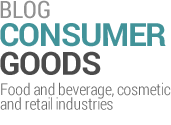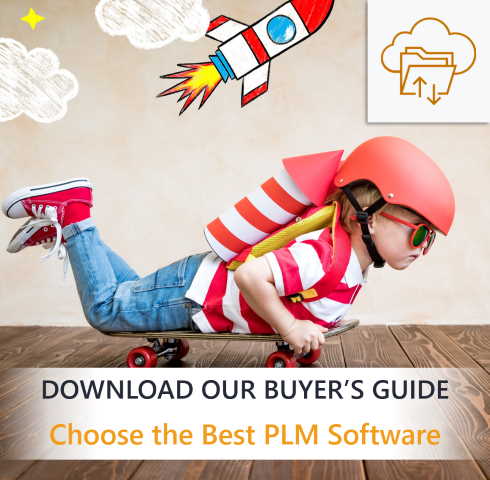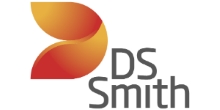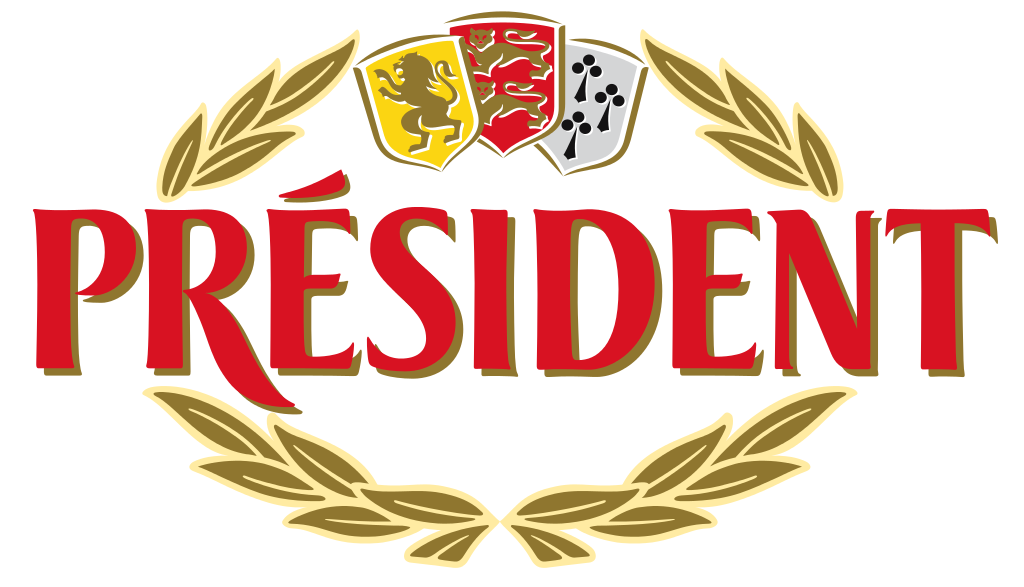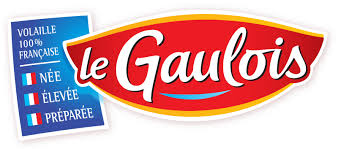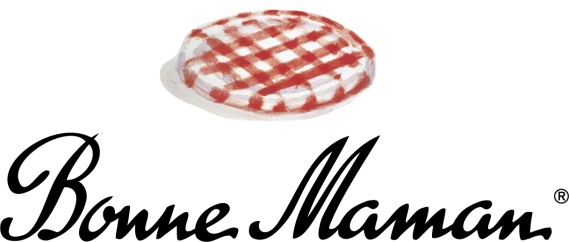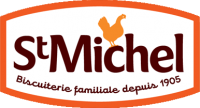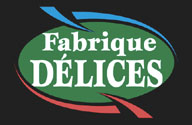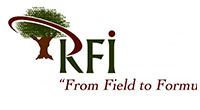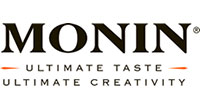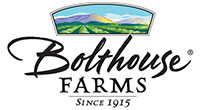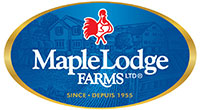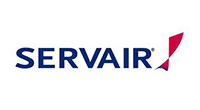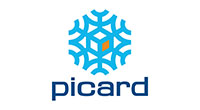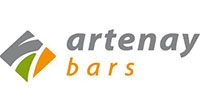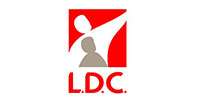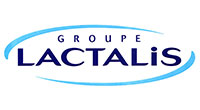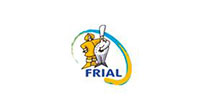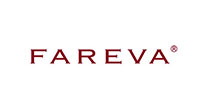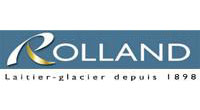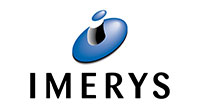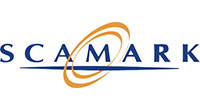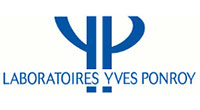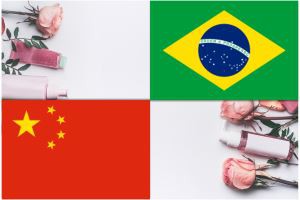
Exporting cosmetic products to China or Brazil is as profitable as it may be complex regarding their regulatory frameworks.
In Paris, a few days ago, took place the annual COSMED meeting, dedicated to product compliance. It allowed the participants to get the picture of different trends and regulation frameworks thanks to the contribution of national experts. Throwback to this event with a few insights about Chinese and Brazilian cosmetic markets.
China’s cosmetic market and regulatory compliance trends
In 2018 in China, the biggest market in Asia, cosmetic product importations represented 10,51Bn€, whose 85% for beauty products and makeup. Almost 25% of the cosmetic product sales are made online.
Cosmetic products and divided into two parts, special cosmetics (such as spot remover and whitening, UV protection, depilatory agents, antiperspirants…) and non-special ones (all the other categories). In the future, these categories should be pushed forward. Depilatory agents, antiperspirants, hair growth, bust beauty and bodybuilding that are currently part of special cosmetics should become either non-special cosmetics or drugs.
Special cosmetics are subject to national permission whereas non-special ones are subject to a provincial permission only. Product registration for special cosmetics is done thanks to a dossier submission to the NMPA. It may lead to a hygiene license and record-keeping certificate. For non-special cosmetics, no certificate is needed. However, an evaluation must be made by the local FDAs. For importations, a China Inspection Quarantine (CIQ) certificate is necessary for every shipment arrival.
It’s important to note that “organic”, “specifically designed for pregnant women” or “free from…” are prohibited claims for cosmetic products in China.
Brazil’s cosmetic market and regulatory compliance trends
In 2017 in Brazil, cosmetic products import represented 753MM US$ and the 4 major countries of origin were Argentina (15,7%), the United States (15,1%), France (14,9%) and China (11,7%). The same year, export represented 646MM US$ and 4 major countries of destination were Argentina (23,8%), Colombia (10,8%), Mexico (10,4%) and Chile (9,3%). Brazil stands within the top 5 HHPC consumers with 32,1Bn US$ of sales.
The regulatory environment is quite clustered in Latin America as there are several organizations such as Mercosur, Andean, MCCA, Pacific Alliance of TPP. Each of them having their specific regulations that may be based on international standards.
For instance, in Mercosur, they list restricted substances according to the EU and the US regulations and then adopt the less restrictive thresholds between the two standards for each substance.
In Brazil, for a cosmetic product to meet labeling requirements, it is mandatory to mention specific items such as the product registration number, the product shelf life or the ingredient list using INCI names. Moreover, some claims and advertisings are prohibited. For instance, it is not allowed to use therapeutical claims and “hypoallergenic” and “dermatologically tested” must be substantiated. Also, allergen ingredients must be listed.
Hot topics currently revolve around banning animal testing, chemicals management plan and organic and natural requirements.
Overwhelmed by regulatory news and worldwide compliance trends and requirements?
Lascom’s PLM (Product Lifecycle Management) is a tool promoting product innovation, development and compliance, from brief to market.
The validation of the cosmetic product regulatory compliance is indeed made by regulatory affairs in the last step prior to market. However, at Lascom, we believe that product compliance should be monitored from the very first steps of the new product development. This includes managing lists of authorized claims depending on the countries of commercialization to help the marketing team while R&D formulates prototypes or generates detailed matrix reports with thresholds, warnings and wordings for the regulatory affairs’ final validation.
Willing to know more about our solution, contact Lascom’s experts to clearly identify your needs!
